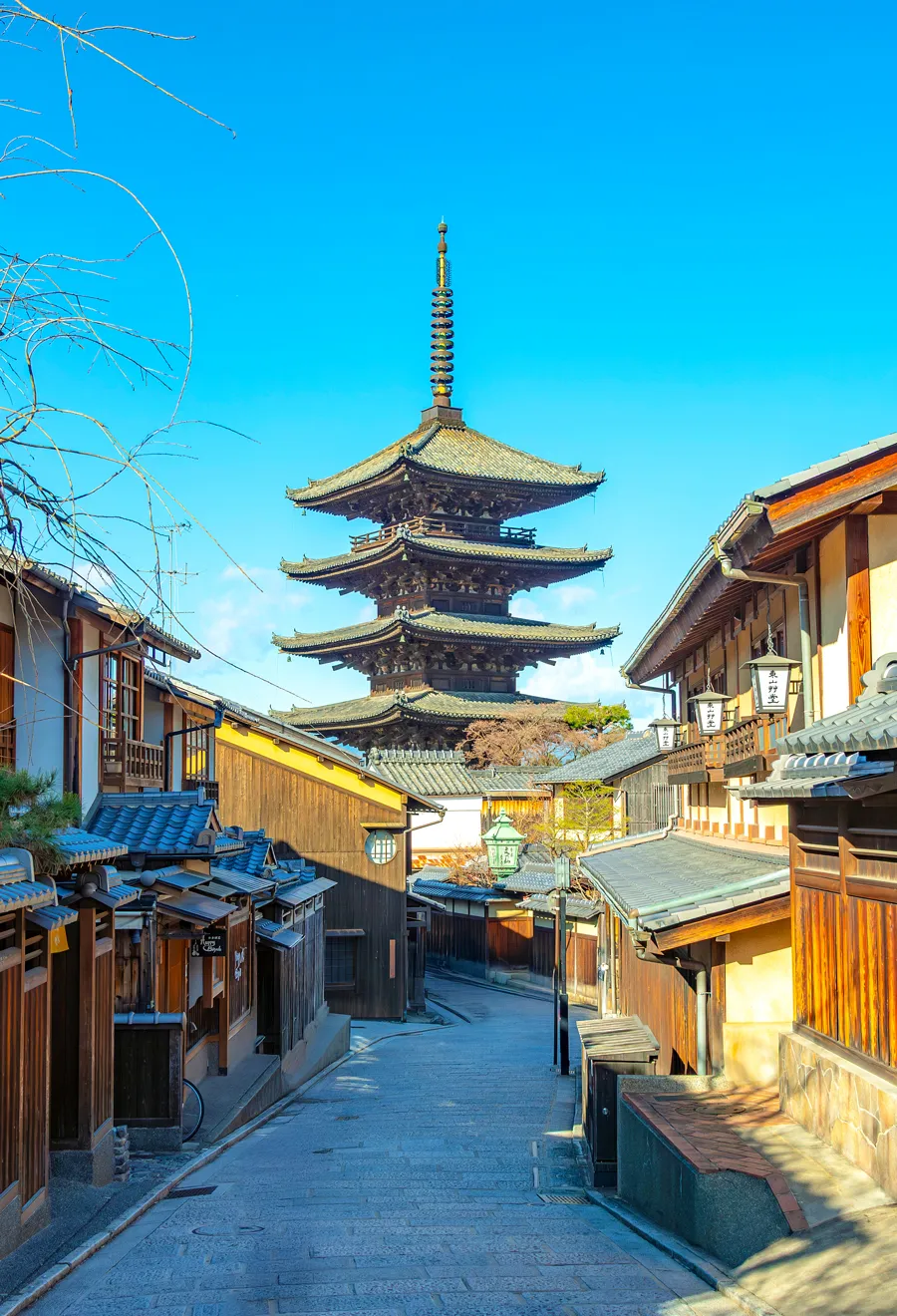Kyoto is a hugely popular place to visit, and for good reason. It was Japan’s capital for more than 1,000 years, until Tokyo became the capital in 1869, and it’s still widely considered the country’s cultural capital, seamlessly blending the ancient and the modern. Like much of Japan, however, it’s in some ways a victim of its own success: Kyoto received a record 10.88 million foreign visitors in 2024, resulting in crowded landmarks and unhappy locals. To combat overtourism, the city just announced it will be increasing the cost to visit — here’s when it goes into effect.
Crunching the Numbers

Kyoto’s increased tax rate applies to the city’s accommodations and is levied on a sliding scale depending on how much your lodging costs. The maximum rate, which applies to hotels that cost more than 100,000 yen (roughly $665 USD) per night, will increase from 1,000 yen ($6.65) to 10,000 yen ($66.55) per night — a princely fee to be sure, but perhaps not a dealbreaker for anyone shelling out that much money in the first place.
Changes in other hotel categories are as follows:
- Hotels between 50,000 yen ($332) and 100,000 yen per night: Tax increases from 1,000 yen ($6.65) to 4,000 yen ($26.61) nightly
- Hotels between 20,000 yen ($133) and 50,000 yen per night: Tax increases from 500 yen ($3.33) to 1,000 yen nightly
- Hotels between 6,000 yen ($40) and 20,000 yen per night: Tax increases from 200 yen ($1.33) to 400 yen ($2.66) nightly
- Lodging that costs under 6,000 yen per night will not have its tourist tax of 200 yen changed
Too Much of a Good Thing

The new tax was announced on October 3, 2025, and will go into effect on March 1, 2026. The increased tax revenue will be used to “promote tourism that makes use of its diverse and profound charms” and “further promote harmony and compatibility between civic life and tourism,” the city announced on its website, adding that the tax will also help ease “congestion on roads and walkways” in popular areas like the Gion district, the Fushimi Inari-taisha shrine, and the Arashiyama bamboo forest.
Japan is hardly the first place to experiment with tourist taxes. Bhutan charges most foreign visitors a flat rate of $100 per day, which is actually half of what it used to be. New Zealand levies a onetime tax of NZD $100 (about $56 USD) on most visitors, which anyone hoping to do a Lord of the Rings tour should keep in mind. And American cities like New York and Los Angeles also have substantial tourist taxes, as do most of Europe’s most sought-after destinations.
In the case of Kyoto, the city has seen a notable surge of visitors following the lifting of COVID-19 restrictions and the weakening of the yen against the U.S. dollar, and the number of international travelers has been increasing at a rapid rate. Whether the new taxes will change that remains to be seen, but local officials are hoping that it will help ease the negative effects of overtourism.
As Nicholas Smith, holidays digital director at Thomas Cook online travel agency, explained in an interview with Euronews Travel, “After years of record demand, many destinations are seeking to reduce pressure on infrastructure and local communities while ensuring that the economic benefits of tourism are distributed more fairly. In practice, these taxes are rarely meant to discourage travel — they are designed to reinvest in the very things that make cities attractive: cultural preservation, public transport, cleanliness, and better visitor management.”
Featured image credit: inglabel/ iStock via Getty Images Plus
More from our network
Daily Passport is part of Inbox Studio, which publishes content that uplifts, informs, and inspires.
















